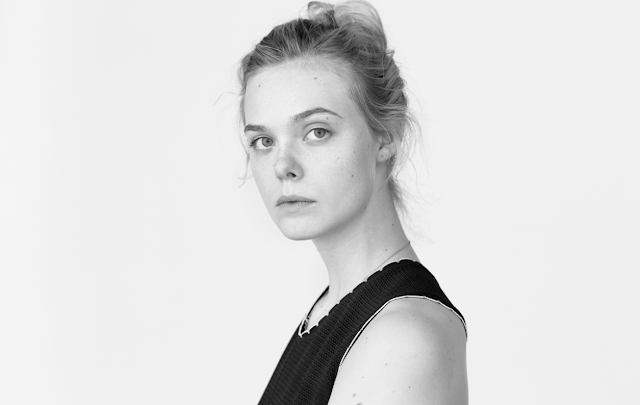72:e Festival de Cannes Jury - Elle Fanning; Abdellatif Kechiche - "Mektoub"
 |
| Elle Fanning |
By Moira Sullivan
The jury members for the 72:e Festival de Cannes were unanimously taken in by Palme d’Or winner The Parasite by South Korean director BONG Jo ho. In the first of its kind press conference Jury President Quentin Tarantino explained why Michael Moore's Fahrenheit 911 won the palme d’or. Since then the jury motivates why it gives out its award.
Atlantics by French filmmaker Matti Diop, according to Italian jury member Alice Rohrwacher, last year's best screenplay award winner for Happy as Lazzaro , won the heart of the jury, a film about men and young boys who die at sea and the women they leave behind at shore.
Although the awards this year were given to films that concern social justice, or injustice according to Jury President Alejandro Iñárritu “cinematic decisions” were involved with the process and he emphasized that “cinema has to speak for itself”.
The jury was diverse including the youngest jury member at Cannes in history, 21-year-old Elle Fanning. Iñárritu mentioned several times that since she was young she “was not attached to older ideological ideas”. He described her as a “millennial” and “old soul” who came to the experience with “fresh ideas and young eyes”. This description is an interesting commentary on the historical selection of jury members at Cannes who have been much older than Fanning.
Fanning said the experience has made her “see films in different ways” and was forever changed from the experience.
“Mektoub” from Abdellah Kechiche’s new film Mektoub, My Love: Intermezzo on the trail of "Mektoub, My love: Canto Uno" has a complex meaning in Arabic ("written") but one cannot help but notice that letters and the pronunciation of "ME k TOU b" are found in #METOO.
At the beginning of the press conference when a journalist asked him about the sexual assault charges brought against him by a woman – written in court records - he dismissed them as irrelevant. For many the film was a four hour nonstop showcase of sex between consenting young adults.
Much of what he says about his film is borne out by the experiences of some of his spectators in – not the ones that left the Cannes screenings, but those who perceive it as a meditation on the duration of time with an array of his favorite objects akin to the sculptures he looks at around Paris: human body parts and objects including gluts, abs , and “bread”. Desire is what he wants to capture, and body parts and sculptures are non-interactive unless given "cinematographic elements".
Léa Seydoux and Adele Exarchopoulos were less than thrilled with having their body parts filmed in lengthy scenes with frequent retakes in the Palme d'Or winner for both actors and Kechiche in La Vie d'Adèle (Blue is the Warmest Colour, 2013).
The use of time was often cited as the reason why this film does not work for many but for Kechiche it means something "cinematically" profound in his search for different ways of “shaping gods and angels” in human form in order to create “great pleasure for graceful bodies".
© 2019 - Moira Sullivan- Air Date: 06/05/19
Movie Magazine International
Movie Magazine International
Comments
Post a Comment